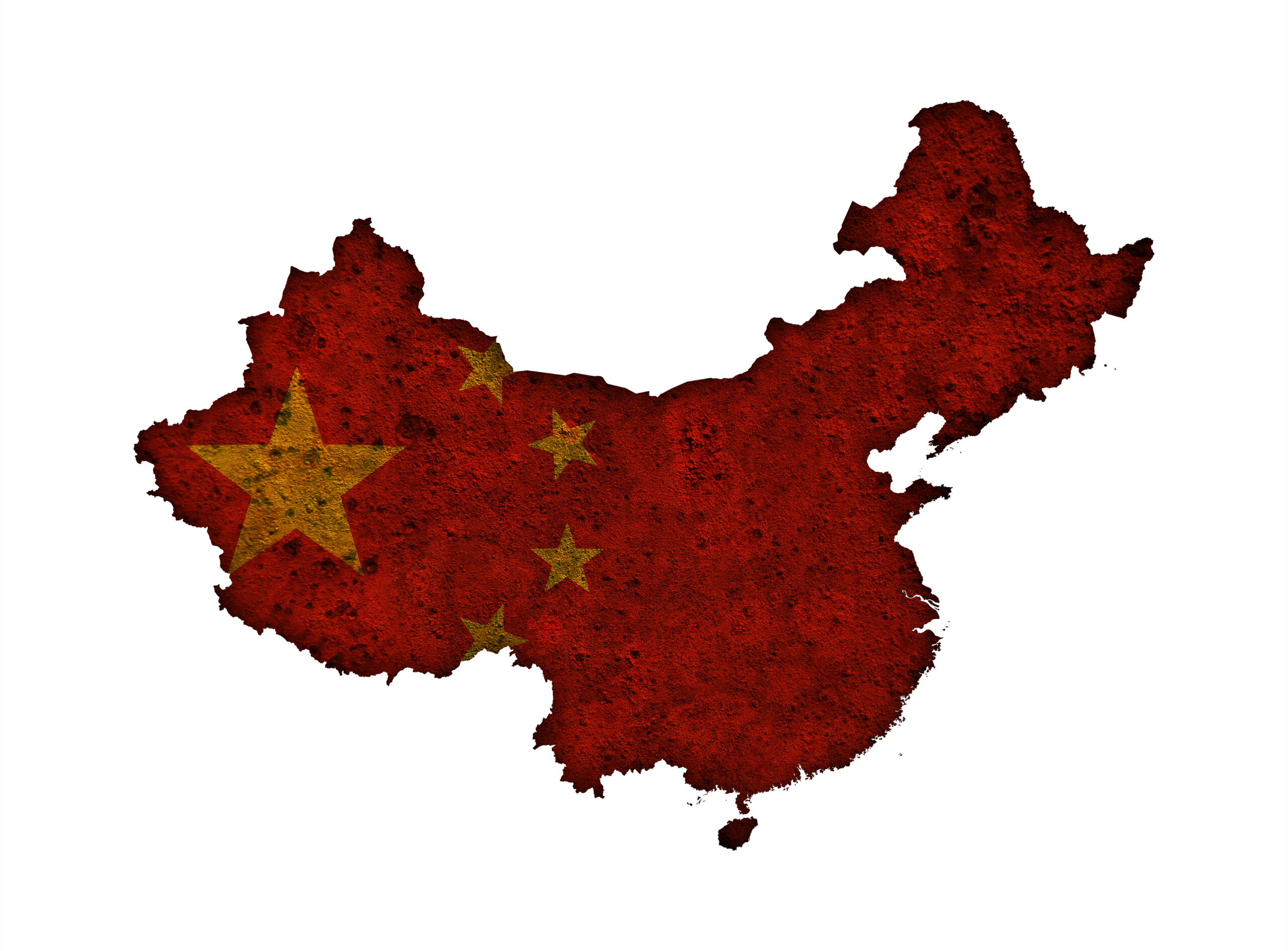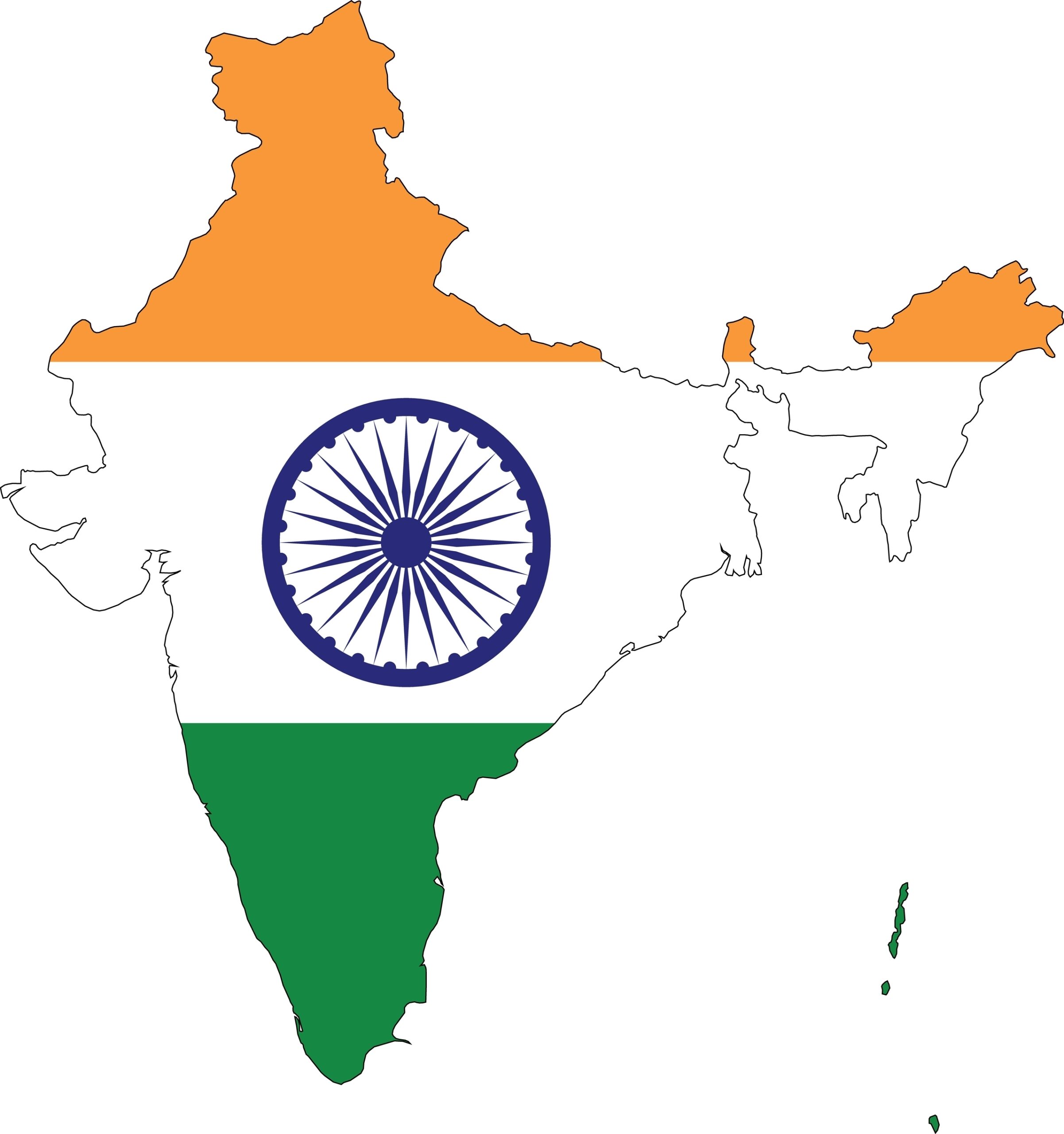The global economy is shaped by the powerhouse nations that dominate markets and drive international trade. Each country on this list holds a pivotal role, marked by their impressive GDP, large labor forces, and strategic partnerships. These economies influence everything from technology to finance and remain essential players on the world stage. Let’s take a closer look at the largest economies and what sets each one apart in today’s interconnected global landscape.
United States

The United States leads as the world’s largest economy, boasting a nominal GDP of over $26 trillion. Its financial sector, centered in New York City, drives global investment and commerce. It has a highly skilled labor force, comprising nearly 170 million workers in diverse sectors. Major export partners include Canada, Mexico, and China, all crucial to its robust trade. The U.S. specializes in high-tech exports like aircraft, machinery, and medical equipment. A thriving service industry underpins its economy, supported by finance, healthcare, and education sectors. The dollar’s dominance cements its influence in global transactions. Through continuous innovation, it remains a pivotal global economic leader.
China

China ranks second in nominal GDP, nearing $19 trillion, and has a labor force of over 780 million people. Shanghai and Shenzhen stand as its financial hubs, shaping global markets and investments. It primarily exports electronics, machinery, and textiles to the U.S., Japan, and South Korea. As the world’s largest manufacturing hub, China supplies affordable goods worldwide, sustaining its economic growth. It pursues aggressive infrastructure and development projects domestically and abroad. The Belt and Road Initiative further broadens its economic reach. With rapid urbanization, China has solidified its position as an economic powerhouse.
Japan

Japan holds the third-largest economy, with a nominal GDP around $5 trillion. Tokyo remains a top global financial center, supporting a well-organized market. Its workforce of about 68 million people focuses on technology, automotive, and electronics sectors. Key export partners are the United States, China, and South Korea, who rely on Japan’s precision machinery and vehicles. Japan has an advanced industrial base with globally recognized brands like Toyota, Sony, and Panasonic. Innovation and efficiency are hallmarks of its economy. Known for its high-quality exports, Japan sets the bar in global manufacturing standards.
Germany

Germany is Europe’s largest economy, with a GDP over $4 trillion, driven by a skilled labor force of approximately 45 million people. Frankfurt serves as its financial center, fostering strong international trade connections. Key export partners include the United States, France, and China, who import German machinery, vehicles, and chemicals. Germany’s economy emphasizes engineering and manufacturing excellence, particularly in the automotive and industrial machinery sectors. Its export strength has earned it the title of “export champion.” Known for quality and innovation, German products are valued worldwide. Industrial production remains a backbone of its economy, setting standards for technical precision.
India

India ranks fifth, with a nominal GDP approaching $3.5 trillion, and has one of the world’s largest labor forces at over 500 million. Mumbai acts as its financial heart, linking to global markets and investments. It primarily exports refined petroleum, pharmaceuticals, and textiles to the U.S., UAE, and China. India’s economy has shifted toward services, particularly IT and software, led by cities like Bengaluru. Agriculture still supports millions, though the tech sector drives new growth. Infrastructure expansion and digital development remain priorities. Through rapid modernization, India emerges as a significant player in global economics.
United Kingdom

The United Kingdom ranks as the sixth-largest economy, with a nominal GDP around $3 trillion. London serves as a major global financial center, influencing markets worldwide. Its labor force of nearly 34 million is concentrated in finance, technology, and healthcare. Key export partners include the United States, Germany, and the Netherlands, importing British machinery, cars, and pharmaceuticals. Known for its high-income economy, the U.K. balances industrial output with a strong services sector. Banking and insurance add to its economic robustness. With diverse trade links, the U.K. remains a strong contender in global trade and finance.
France

France’s economy is seventh in the world, with a nominal GDP of about $2.8 trillion. Paris functions as a critical financial hub, connecting to European and global markets. Its workforce of 30 million spans various sectors, with strengths in agriculture, technology, and aerospace. Main export partners include Germany, Italy, and the United States, importing French aircraft, machinery, and agricultural goods. The French economy blends industry and services, supported by luxury goods and fashion exports. Its agricultural sector is among Europe’s most productive. France continues to be a leader in innovation and technology.
Brazil

Brazil stands as the largest economy in South America, with a nominal GDP around $2 trillion. São Paulo anchors its financial sector, managing Latin America’s biggest stock exchange. The country has a workforce of over 100 million, mainly engaged in agriculture, mining, and manufacturing. Its main export partners are China, the United States, and Argentina, who purchase Brazilian soybeans, iron ore, and crude oil. Known for rich natural resources, Brazil’s agricultural exports are a vital economic pillar. Its industrial sector supports a diverse range of products. Through trade and investment, Brazil continues to shape South American markets.
Italy

Italy ranks among the world’s top economies, with a nominal GDP of about $2 trillion. Milan is Italy’s financial center, housing some of Europe’s major banking institutions. The country’s labor force, approximately 25 million strong, works in industries like fashion, automotive, and machinery. Main export partners include Germany, France, and the United States, who import Italian cars, clothing, and machinery. Italy is renowned for high-quality, luxury goods and intricate craftsmanship. Its economy balances manufacturing with a robust tourism sector. Italian products are known globally for their design and quality.
Canada

Canada’s economy is one of the largest globally, with a nominal GDP nearing $2 trillion. Toronto is the country’s primary financial hub, connecting Canadian markets to global trade. The labor force of about 20 million specializes in natural resources, manufacturing, and technology. Main export partners include the United States, China, and the United Kingdom, with Canada exporting oil, natural gas, and automotive products. The resource-rich country benefits from vast reserves and a strong service sector. With skilled labor and trade partnerships, Canada remains a powerful economic force in North America.
Russia

Russia has a substantial economy, with a nominal GDP of over $1.7 trillion. Moscow serves as its financial center, overseeing banking and energy trade. Its labor force, totaling around 75 million, primarily focuses on energy, mining, and manufacturing. Major export partners include China, the Netherlands, and Germany, who rely on Russian oil, natural gas, and metals. Russia’s economy is fueled by abundant natural resources, particularly energy exports. The government invests heavily in infrastructure and defense. Russia’s geopolitical influence reinforces its economic position globally.
South Korea

South Korea ranks as a leading global economy, with a nominal GDP of over $1.7 trillion. Seoul is its financial and tech hub, where global giants like Samsung and Hyundai are based. The labor force, roughly 28 million strong, excels in electronics, automotive, and shipbuilding. Main export partners include China, the United States, and Vietnam, who import South Korean semiconductors, vehicles, and electronics. Known for rapid technological advances, South Korea’s economy thrives on innovation. Its export-oriented model supports steady growth and competitiveness. South Korea remains essential in global technology and manufacturing.
Australia

Australia’s economy is among the world’s largest, with a nominal GDP of about $1.5 trillion. Sydney is the main financial center, connecting the nation’s markets to Asia and beyond. Its labor force of 14 million is primarily engaged in mining, agriculture, and services. Major export partners include China, Japan, and South Korea, with Australia exporting iron ore, coal, and natural gas. Resource-rich and export-driven, the country’s economy relies heavily on commodities. Tourism and education also contribute significantly. Australia’s trade ties and natural resources ensure its economic resilience.
Spain

Spain’s economy ranks high globally, with a nominal GDP close to $1.4 trillion. Madrid functions as its financial center, overseeing a strong banking sector. The country’s labor force of 23 million focuses on tourism, manufacturing, and agriculture. Main export partners include France, Germany, and Italy, who purchase Spanish machinery, vehicles, and agricultural products. Tourism is a critical industry, drawing millions yearly to its rich cultural heritage. Spain’s economy benefits from its diversified industries and EU trade ties. It remains competitive in Europe and abroad.
Mexico

Mexico’s economy is significant, with a nominal GDP over $1.3 trillion. Mexico City serves as its financial hub, anchoring the nation’s banking and trade sectors. Its labor force of around 57 million works in manufacturing, agriculture, and services. Main export partners include the United States, Canada, and China, who import Mexican vehicles, electronics, and oil. The country’s economy is closely tied to the U.S. through trade agreements. Manufacturing, especially in automotive and electronics, fuels growth. Mexico’s strategic location strengthens its trade and economic impact.
This article originally appeared on Rarest.org.
More from Rarest.org
19 Rare Vintage Vans That Became Cult Favorites

Vintage vans have a unique charm that has captured the hearts of collectors and enthusiasts alike. Read More.
15 Amphibians with Surprising and Vivid Skin Tones

Amphibians are known for their fascinating ability to thrive in a variety of environments, but it’s their vibrant and unexpected skin colors that truly captivate. Read More.
10 Oldest Mountain Ranges in the World

Earth’s oldest mountain ranges are not just breathtaking landmarks; they are also geological wonders that offer insights into the planet’s history and evolution. Read More.
